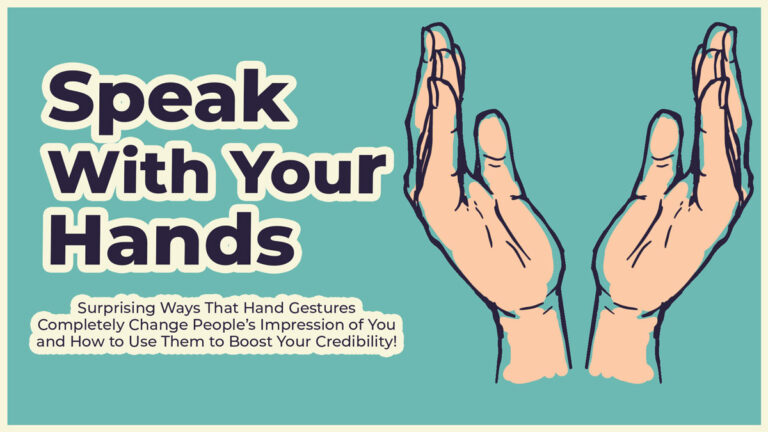When a presentation gets confusing somehow, the audience tends to be restless.
You might notice the people around can’t seem to focus on the speaker in front.
If you experience this as a speaker, what will you do?
Here are 5 effective ways on how seasoned speakers engage their listeners back into their presentation.
Plus, you’ll get examples for each method so you can apply them in your next presentations.
1. Ask a Thought-Provoking Question
Pause your presentation for a while to ask a compelling question related to the topic.
Encourage the audience to reflect or share their thoughts.
Because when an audience participates, their minds get brought back into the conversation.
Focus on asking open-ended questions and not questions where you can simply answer with a yes or a no.
For example:
- “What do you think about what I just shared with you?”
- “What is one learning lesson from what I just shared?”
Use the examples if it is relevant to you.

2. Tell a Relevant Story
Share a brief, engaging story that connects with your presentation.
Personal or relatable stories capture attention and awaken interest.
Relevant stories provide a fresh perspective on your message.
You can share the story of the egg, the potato, and the coffee.
The egg goes into the boiling water fragile and vulnerable. But after being boiled, it turned hard.
The potato goes into the boiling water hard. After boiling, it becomes soft.
When the coffee grounds are blended in the boiling water, it changes the water.
The story is often used as a metaphor for resilience and the power to bring positive changes.

3. Change the Pace
If your presentation has been moving at a consistent pace, consider changing it up.
From the perspective of your audience, you sound monotonous and boring.
Try to switch to a faster or slower speaking pace to re-engage the audience.
As an illustration, you may share a story by starting with a slow pace.
Then, speed up your storytelling with exciting movements and varying tones of voice.
End the story by summarizing the exciting parts in a more relaxed tone.

4. Add Humor or Interesting Facts to Lighten the Mood
Lighten the mood with a well-timed joke, funny anecdote, or surprising fact related to your topic.
Humor regains the audience’s attention.
It also makes your presentation more memorable.
Some facts you may mention:
- The human brain can only focus for about 90-120 minutes at a time.
Taking short breaks during the workday can enhance creativity and overall cognitive performance. - The average office worker receives about 121 emails per day.
If you ever felt overwhelmed by your inbox, you’re not alone in the struggle against the email flood.

5. Lead the Audience to Do An Activity
Get the audience involved in this activity.
It may be a quick exercise, a live demonstration, or a group activity.
This breaks the boring mood and engages the audience again.
Here are a few quick activities you may try:
1. Mirror Me
Have each pair choose Partner A and Partner B.
Partner A leads a series of simple movements (raising a hand, taking a step, etc.), while Partner B mimics their movements exactly, like a mirror reflection.
After a minute, switch roles.
2. Shared Story
Each pair collaboratively creates a short, imaginative story.
Partner A starts by saying a sentence or two, and Partner B adds to the story with their contribution.
Continue building the story back and forth.

Don’t panic if you notice the audience suddenly gets distracted.
Simply do any of these tips and you’ll surely get their attention back.


